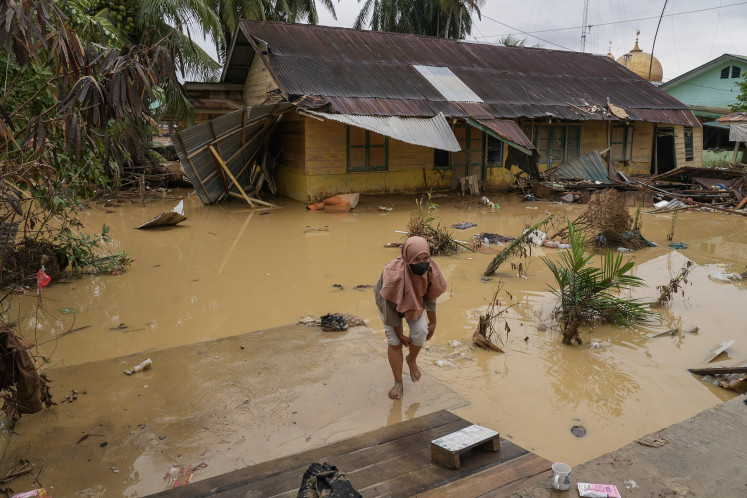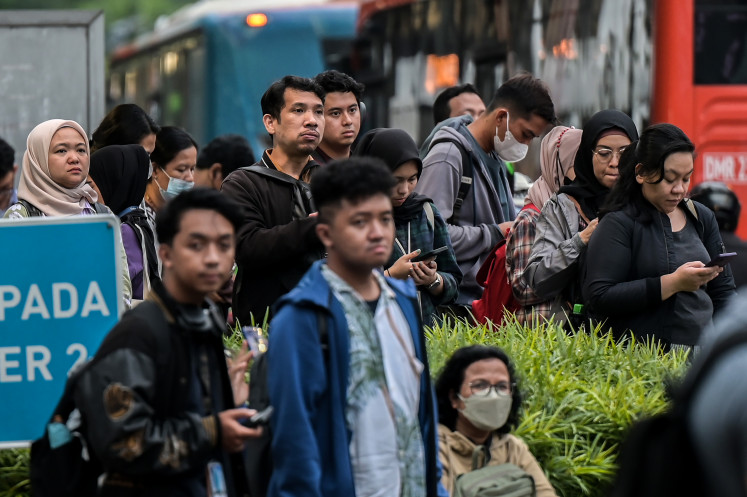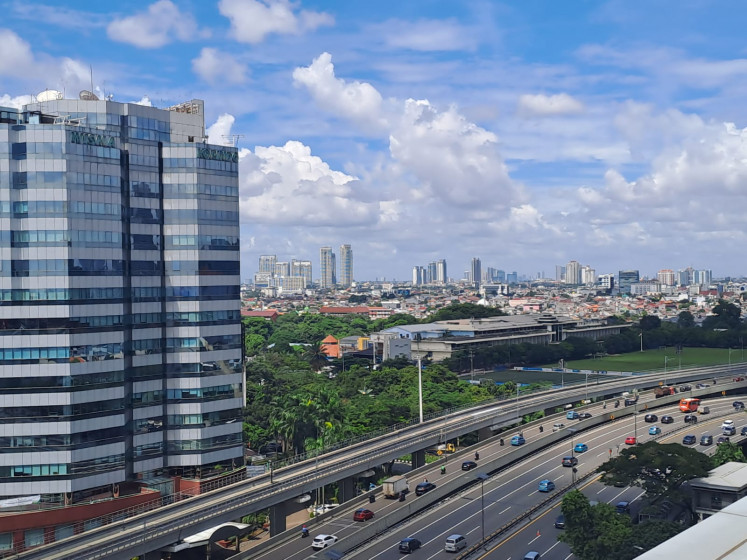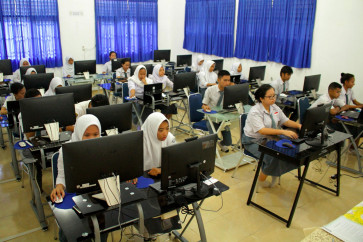Popular Reads
Top Results
Can't find what you're looking for?
View all search resultsPopular Reads
Top Results
Can't find what you're looking for?
View all search resultsRetraining the nation, rewriting the future
Without a dramatic expansion of education access and a fundamental reinvention of adult learning, the demographic bonus may become a burden.
Change text size
Gift Premium Articles
to Anyone
T
here was a time when Indonesia made a decisive bet on the future. In the early 1970s, the government launched one of the most ambitious school-building programs in history: SD Inpres. Over 61,000 new primary schools rose across the archipelago in just five years. It was a feat of political will and logistical daring that brought formal education to millions of children, many for the very first time.
But the ladder was built only halfway. No comparable programs followed for junior or senior secondary education. No SMP Inpres. No SMA Inpres. For many students, the climb stopped at the very moment when their aspirations began to form. The system had a wide base but a narrow top.
Some say it was due to budgetary constraints while others point to fears that expanding secondary education would produce a generation of unemployed intellectuals in an economy not yet ready to absorb them. Whatever the reason, the decision has left a deep and lasting imprint on our national development.
During the same period, South Korea, equally poor, equally recovering from war, took a different road. They also pushed forward for universal access to secondary and eventually tertiary schooling. The results were far from immediate. Some university graduates drove taxis. But when foreign investment and industrial expansion came, Korea was ready. It had an abundant, educated workforce. Former drivers became factory supervisors. Factory supervisors became managers. The economy rose, and the people rose with it.
By 1990, South Korea had achieved near-universal secondary education. Today, over 70 percent of young adults hold a university degree, the highest among OECD nations. In contrast, Indonesia’s numbers remain under 10 percent. That gap shapes whether a nation leads innovation or merely follows demand.
The decision to stop at primary education created a society shaped like a pyramid. By the mid-1990s, more than 94 percent of children were enrolled in primary school, but only 72 percent continued to junior secondary, and a mere 45 percent reached senior secondary school.
These patterns persist today in our labor market. As of 2018, nearly 60 percent of our workforce had no more than a junior secondary education. And around 63 percent of our workers are in the informal sector. Resourceful, resilient, but locked out of the pathways to upward mobility.
Your Opinion Matters
Share your experiences, suggestions, and any issues you've encountered on The Jakarta Post. We're here to listen.
Thank you
Thank you for sharing your thoughts. We appreciate your feedback.



















